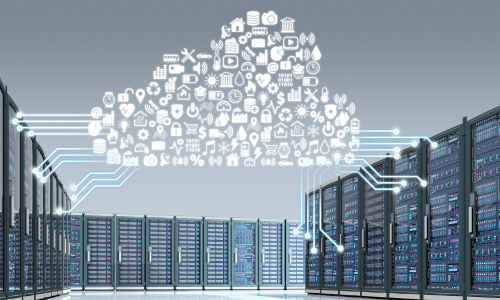Why Migrating from VMware to the Cloud Can Be Surprisingly Difficult
The hidden risks of relying on VMDK-based conversion — and the smarter alternative
For organizations seeking to modernize their infrastructure, migrating workloads from VMware to a cloud environment or a different on premises Hypervisor is a strategic priority. On the surface, it seems like a manageable task — virtual machines (VMs) are just files, after all. But once the migration effort begins, many IT teams quickly realize they’ve underestimated the complexity, risk, and cost of the journey.
The biggest trap? Relying on VMDK-based migration mechanisms — a method that works well only under ideal conditions but often falls short in the real world.
VMDK Conversion: Fragile and Incomplete
VMware stores virtual machines as VMDK files, encapsulating the virtual disk content. Many migration tools focus on extracting and converting these files for use in the cloud. While this can work for small, simple workloads, it fails when applied to the complex, storage-rich environments common in enterprise IT.
The Hidden Pitfalls of VMDK-Based Migration
1. Raw Disks and RDMs Are Ignored
Some workloads bypass virtual disks entirely by using Raw Device Mappings (RDMs) or raw disks. These are directly accessed by the guest OS, and the data they contain does not exist in the VMDK file. As a result, this data is silently excluded from the migration, often causing data loss or functional failure in the cloud.
2. iSCSI and Fibre Channel Are Opaque
Guest operating systems may use iSCSI or Fibre Channel to connect directly to external storage. These configurations are invisible to VMware’s VMDK and therefore missed entirely by most migration tools. Migrating the VM without this storage results in incomplete environments and broken applications.
3. Storage Mapping Often Fails
Even if all data is captured, cloud storage models don’t always match what’s available on-premises. Volume sizes, mount points, and performance classes are frequently misaligned during the migration. Worse yet, migration tools often fail to recreate these volumes accurately, causing post-migration instability or degraded performance.
4. VMDK Conversion Doesn’t Match Cloud Formats
Cloud providers expect VMs to be in specific machine formats, with compatible bootloaders, drivers, and metadata. VMDK-based conversions often fail to adapt to these differences, producing machines that don’t boot properly or perform poorly once in the cloud.
5. Older VMware Versions May Be Unsupported
Many tools only support newer versions of VMware. Organizations with older vSphere deployments are often left out entirely — unable to migrate because their workloads can’t be exported or converted using these tools.
6. BIOS vs. UEFI Incompatibilities
Boot configuration is another frequent stumbling block. Many legacy VMware VMs use BIOS, while cloud environments rely on UEFI. If a migration tool mishandles this transition — or fails to manage it altogether — the resulting VM won’t boot, requiring time-consuming fixes or manual intervention.
7. Network Reconfiguration Breaks Connectivity
Cloud networking is vastly different from what exists on-premises. Migration tools frequently fail to:
Remap static IPs
Update DNS and routing
Align network interfaces with cloud subnets and security groups
This leads to workloads that arrive in the cloud disconnected and inaccessible.
8. Cloud Integration Is Often Broken
Even if a VM is technically operational, it may not be completely or properly manageable in the cloud. VMs that are migrated without proper agent installation or metadata injection won’t integrate with the cloud’s monitoring, auto-scaling, patching, or orchestration tools — becoming operational dead ends.
Final Thought: A Better Way — OS-Level File System–Based Migration
The journey off VMware to the cloud or a different on premises Hypervisor can be successful — but not the correct toolset must be used. For example, the VMDK-based approach is limited, brittle, and blind to many of the complexities that matter in enterprise environments.
The smarter, more reliable path is to use a file system–based migration mechanism that connects directly to the guest operating system. By doing so, migration tools can:
Capture all data, including raw disks and externally attached volumes
Properly handle bootloader transitions, including BIOS to UEFI
Dynamically update network configurations to match the target environment
Convert workloads into cloud-native formats with full compatibility
Support testing, rollback, and automation — ensuring confidence in the migration process
Because this approach operates from within the OS, it has full visibility into everything the workload depends on — resulting in a much more comprehensive and functional migration solution. It avoids the pitfalls of VMDK abstraction and ensures that what arrives in the cloud is not just a copy, but a fully operational and integrated workload.

